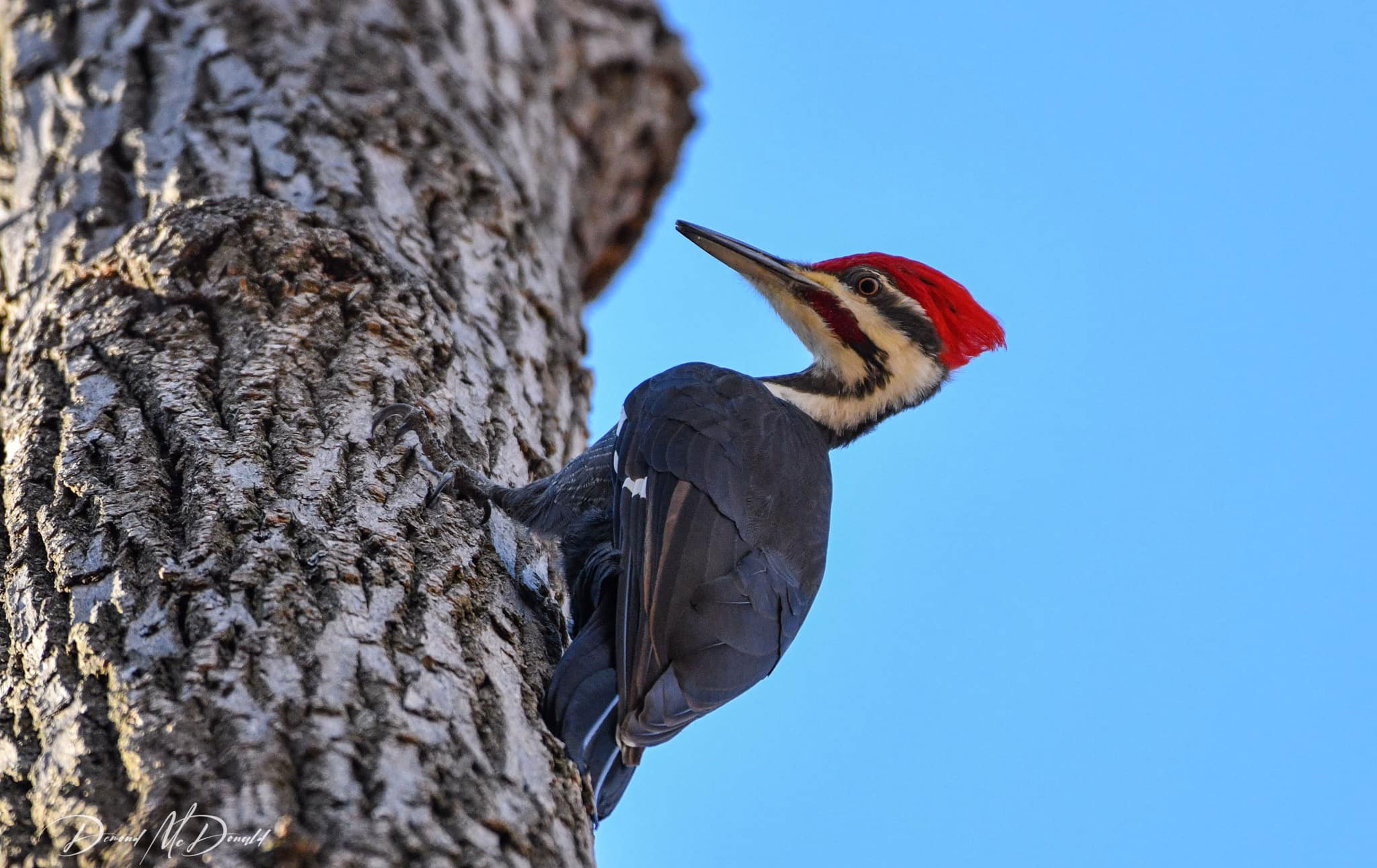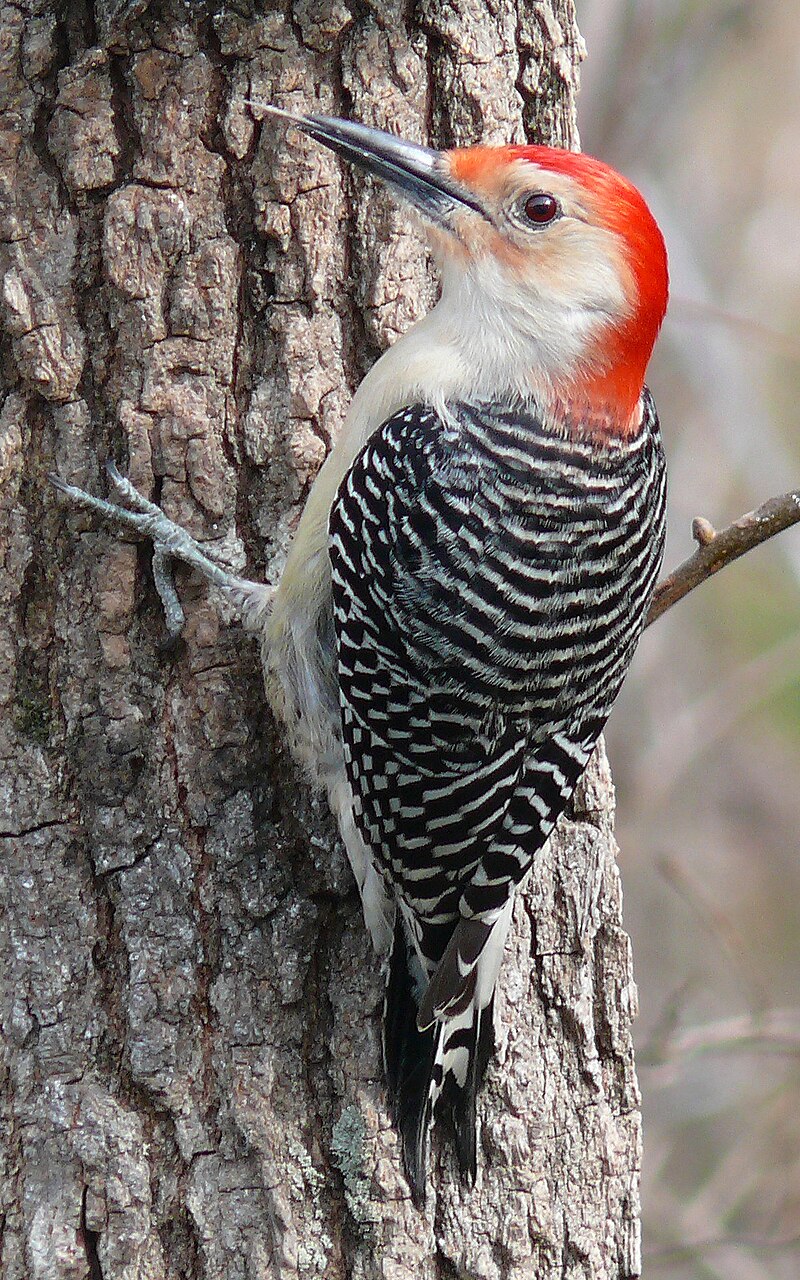Indigenous Woodpeckers in Florida: An Overview to Types and Behaviors
Indigenous Woodpeckers in Florida: An Overview to Types and Behaviors
Blog Article
Discover the Remarkable Globe of Woodpeckers: Whatever You Need to Know
The globe of woodpeckers is a world filled up with unique actions, elaborate adjustments, and a diverse array of types. From their environments and distribution patterns to their feeding behaviors and specialized anatomical attributes, woodpeckers have long mesmerized the passion of ornithologists and nature lovers alike.
Woodpecker Habitats and Distribution
Woodpeckers populate a varied variety of environments worldwide, showcasing adaptability in their distribution patterns. These durable birds are discovered in woodlands, timberlands, savannas, and deserts throughout various continents, demonstrating their capability to prosper in various weather problems. In The United States and Canada, for instance, woodpeckers can be spotted in both coniferous and deciduous forests, utilizing their strong beaks to forage for bugs and produce nesting tooth cavities in trees. In a similar way, in Africa, particular woodpecker varieties have actually adjusted to dry settings, such as the acacia timberlands, where they play an essential role in controlling insect populations.
)
Feeding Behaviors and Diet
Among the different facets of their actions, woodpeckers show distinct feeding practices and dietary preferences. These birds are mainly insectivores, with a diet that includes ants, beetles, caterpillars, and other bugs discovered in trees. Woodpeckers utilize their solid beaks to pierce right into the bark of trees, penetrating for insects and larvae hidden beneath the surface. Along with insects, woodpeckers also consume nuts, seeds, fruits, and sap. Some species have specialized tongues with barbed tips that help them extract pests from holes in timber.
Woodpeckers are known for their drumming behavior, which offers not just to interact with other woodpeckers but also to situate food. The quick drumming audio is produced by the bird pecking on resonant surfaces like dead trees or steel posts. This habits can draw in bugs hidden in the timber, permitting the woodpecker to identify their presence and feed on them.
One-of-a-kind Adjustments for Tree Climbing
In their experienced quest of insects hidden within tree bark, woodpeckers have actually developed remarkable anatomical functions that outfit them with unique adjustments for effective tree climbing. One of the key adjustments is their zygodactyl feet, with two toes aiming ahead and two pointing backward, supplying a strong grasp on tree trunks. This specific foot arrangement permits woodpeckers to hold on to upright surfaces easily, enabling them to go up and down trees with agility. In addition, woodpeckers have rigid tail plumes that function as a supportive prop while they climb up, aiding in equilibrium and stability. Their solid, chisel-like beaks are not only made use of for drilling right into wood however also for grasping onto bark as they ascend tree trunks. Woodpeckers have solid neck muscular tissues and a distinct head framework that take in the influence of constant pecking, enabling them to climb up up and down without causing damage to their minds. These adjustments showcase the extraordinary transformative design that allows woodpeckers to browse trees with accuracy and performance.
Diverse Woodpecker Species Worldwide
With over view website 200 different species spread across various habitats worldwide, the family of Picidae encompasses an amazing diversity of woodpeckers. These birds can be found in forests, woodlands, savannas, and also city locations, showcasing their flexibility to various atmospheres. From the famous Northern Flicker in The United States And Canada to the vibrant and elusive Crimson-backed Flameback in Asia, each woodpecker species exhibits unique characteristics in regards to tuft, habits, and habitat preference.
Woodpeckers differ substantially in dimension, with the diminutive Downy Woodpecker measuring around 6-7 inches in size, while the effective Lineated Woodpecker can rise to 17 inches - Woodpeckers in Florida. Their beaks also come in various sizes and shapes, mirroring their feeding behaviors. Some types specialize read review in extracting pests from tree bark, like the Acorn Woodpecker, while others, such as the Black-cheeked Woodpecker, feed upon fruits and seeds

Preservation Initiatives and Challenges
Preservation efforts for woodpecker populaces are critical in reducing the effect of environment loss and various other hazards facing these diverse avian species. Woodpeckers deal with different obstacles to their survival, mainly because of deforestation, urbanization, climate modification, and invasive types. To attend to these concerns, preservation initiatives concentrate on safeguarding and bring back woodpecker environments, carrying out lasting forestry methods, and increasing understanding regarding the significance of these birds in environments.
One considerable difficulty in woodpecker conservation is the fragmentation of their habitats, resulting in isolated populaces that are extra at risk to termination - Woodpeckers in Florida. Guardians work to create wild animals hallways and secured areas that connect these fragmented habitats, permitting woodpeckers to relocate between various locations for feeding, breeding, and shelter

Verdict
In final thought, woodpeckers are interesting birds with special adaptations for tree climbing and feeding habits. Further research and conservation activities are required to make sure the survival of woodpeckers in the wild.
Report this page